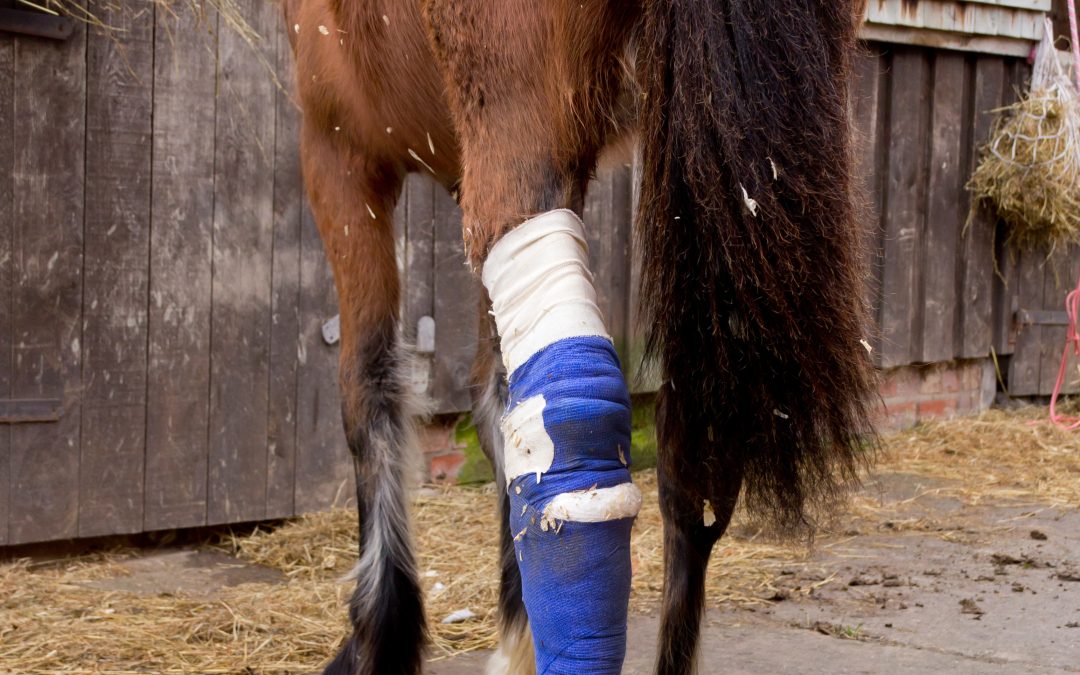We all find at this time of year, that our noble steeds are looking for ways to self inflict damage. Most wounds are not serious in that a few days of care they are back to fighting fight. However there are certain areas in the body that should receive special attention. These are any wounds over a joint or at the back of the tendon area on front or back legs.
What does that mean?
A septic joint is when infection enters a joint capsule, usually via a wound. Most joints in the horse’s body will have a joint capsule – a sac of fluid which lubricates the joint.
Why does it matter?
Unfortunately, when infection gets in these sacs, it is very difficult to get rid of!
Antibiotics alone are not enough to clear the infection, and the joint will usually need flushing with a LOT of sterile fluids under general anaesthesia.
The sooner this is done, the more likely the surgery will be successful. The ‘golden period’ for diagnosing a septic joint is about 6 – 12 hours.
How will I know if my horse has a septic joint?
Any wound near a joint needs to be seen as an emergency – even a tiny wound can cause a lot of problems if there’s a joint involved. Septic joints are VERY painful, so horse’s will often be non-weight-bearing on the affected leg.
To confirm if a joint is septic, the vet will take a sample of fluid from the joint capsule. Then, the horse will need to be transported to an equine hospital to be treated.
What can you do?
While you wait for the vet to arrive, you can wash any mud off the legs with plain, clean water. Don’t give the horse any medication as this might mask the severity.
If you don’t have your own transport, it may be worth finding phone numbers for friends or transport companies who may be able to transport your horse to hospital, just in case it is needed.
Our vets are here for your horses 24 hours a day, 7 days a week. If you have any questions or concerns, please call us on 01782 898102.

